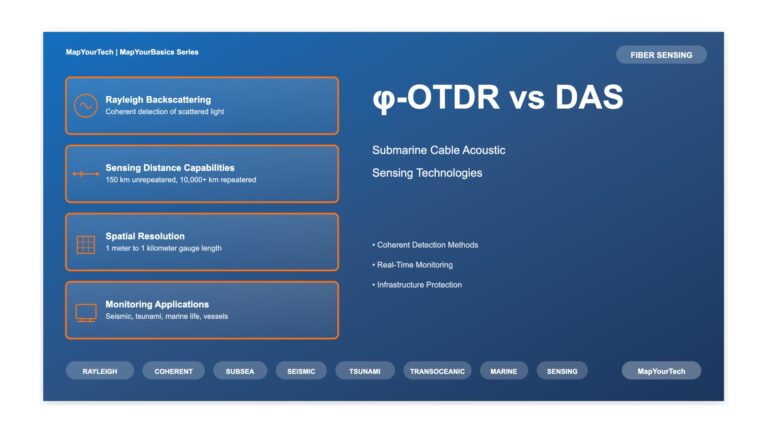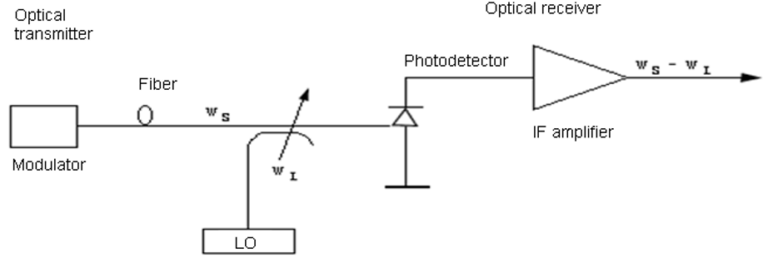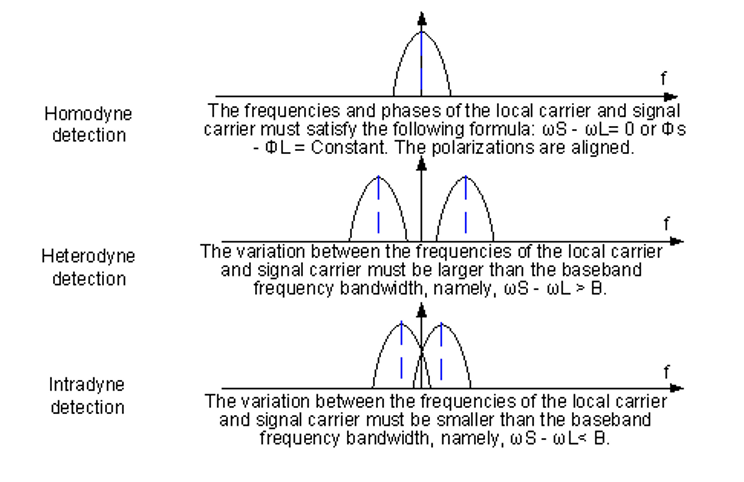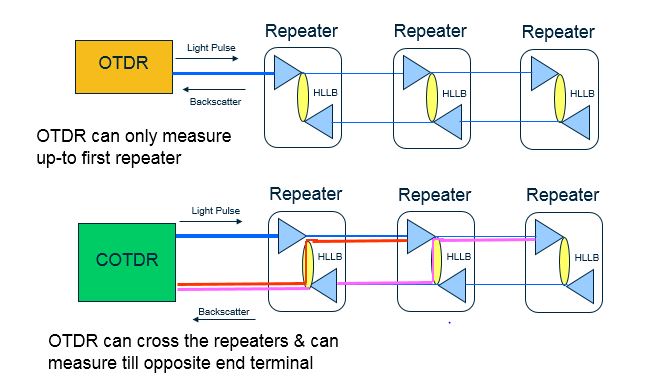HomePosts tagged “Coherent detection”
Coherent detection
Showing 1 - 4 of 4 results
φ-OTDR vs DAS: Submarine Cable Acoustic Sensing Fiber Optic Sensing φ-OTDR vs DAS: Submarine Cable Acoustic Sensing Comparing Distributed Sensing...
-
Free
-
December 19, 2025
As we know that either homodyne or heterodyne detection can be used to convert the received optical signal into an electrical form. In the...
-
Free
-
March 26, 2025
What Is Coherent Communication? Definition of coherent light A coherent light consists of two light waves that: 1) Have the...
-
Free
-
March 26, 2025
What is a OTDR ? Optical Time Domain Reflectometer – also known as an OTDR, is a hardware device used for measurement of...
-
Free
-
March 26, 2025
Explore Articles
Filter Articles
ResetExplore Courses
Tags
automation
ber
Chromatic Dispersion
coherent optical transmission
Data transmission
DWDM
edfa
EDFAs
Erbium-Doped Fiber Amplifiers
fec
Fiber optics
Fiber optic technology
Forward Error Correction
Latency
modulation
network automation
network management
Network performance
noise figure
optical
optical amplifiers
optical automation
Optical communication
Optical fiber
Optical network
optical networking
Optical networks
Optical performance
Optical signal-to-noise ratio
Optical transmission
Optical transport network
OSNR
OTN
Q-factor
Raman Amplifier
SDH
Signal amplification
Signal integrity
Signal quality
Slider
submarine
submarine communication
submarine optical networking
Telecommunications
Ticker




